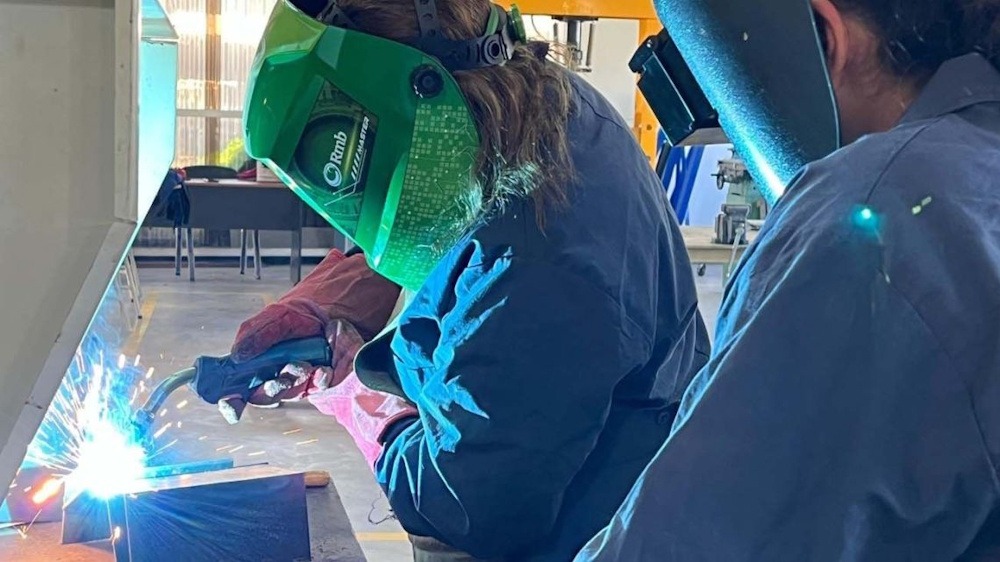In September, Argentina’s economic activity experienced a 0.5% uptick compared to August, and a notable 5% increase when juxtaposed with the same month in the prior year. The economy experienced a growth of 0.5% in the third quarter, successfully sidestepping a recession. Tuesday’s figures from the government’s INDEC statistics institute caught some analysts off guard, as they had anticipated the country would enter a recession. Data indicates that all sectors of the economy experienced year-on-year growth, with the exception of industrial manufacturing, which declined by 1%, and public administration and defense, which decreased by 0.7%. Fishing and finance experienced significant growth compared to the previous year, increasing by 58% and 40% respectively. The finance sector exerted the most significant positive influence on the index.
Prior to the publication a report, consultancies had projected a year-on-year decline. Had the country’s GDP contracted for two successive quarters, Argentina would have found itself in a recession. Nonetheless, following the adjustment for September’s 0.5% rise compared to August, the average for the third quarter exhibited a 0.5% increase relative to the second quarter. In its monthly report, following a rebound in the first half of the year, the economy experienced stagnation between July and September due to “real interest rates and weaker domestic consumption.” According to economist Sebastián Menescaldi, their estimates were derived following the defeat of the ruling party La Libertad Avanza in the Buenos Aires provincial elections. “The expectations were not good,” he stated. “Looking ahead, a degree of recovery is anticipated, though it is unlikely to be substantial, as there are no underlying factors to account for significant growth.”
Menescaldi indicated that while demand may increase, supply may not follow suit, as part of the heightened consumption could be satisfied through imports, contingent upon the availability of financing. “We are forecasting growth of around 2% for 2025, not much more,” he added. According to the source, Argentina’s growth has been characterized as “weak and uneven” following the midterm elections in October. “Positive indicators are more a statistical rebound than a real recovery, while post-election expectations have partially moderated uncertainty, although key sectors remain at critical levels,” IPA stated in its latest report. Since December 2023, when President Javier Milei assumed office, the economy has seen a decline of 290,000 formal jobs — translating to an average loss of 15,000 jobs per month during this period.
“The manufacturing industry faces a consolidated technical recession, with installed capacity utilization at 59.4% and only a few sectors showing marginal rebounds,” IPA’s report stated, noting that 86% of industrialists expect stagnation or deterioration in activity, which restricts investment and impedes recovery. CAME, the Argentine Confederation of Medium-Sized Enterprises, reported that in September, industrial production by SMEs experienced a year-on-year decrease of 5.2%. This signifies a fifth consecutive month of decline, highlighted by a notable decrease of 1.8% relative to August. “In September, the industrial sectors surveyed indicated a persistent recessionary environment, characterized by subdued domestic demand and a decline in household purchasing power,” they added. “The liberalization of imports, the influx of foreign competition, and the conclusion or shift of the season adversely affected sales levels.”

